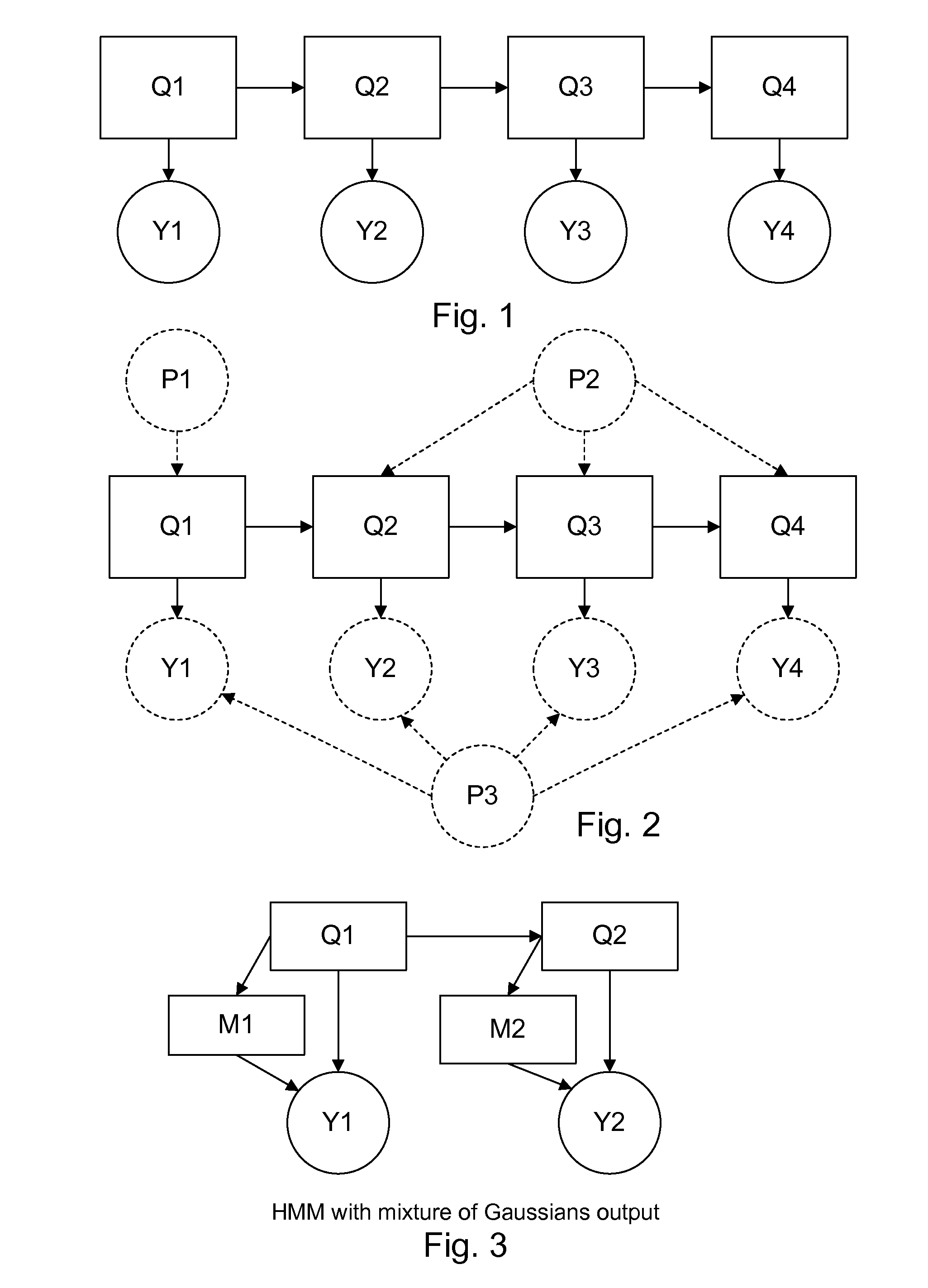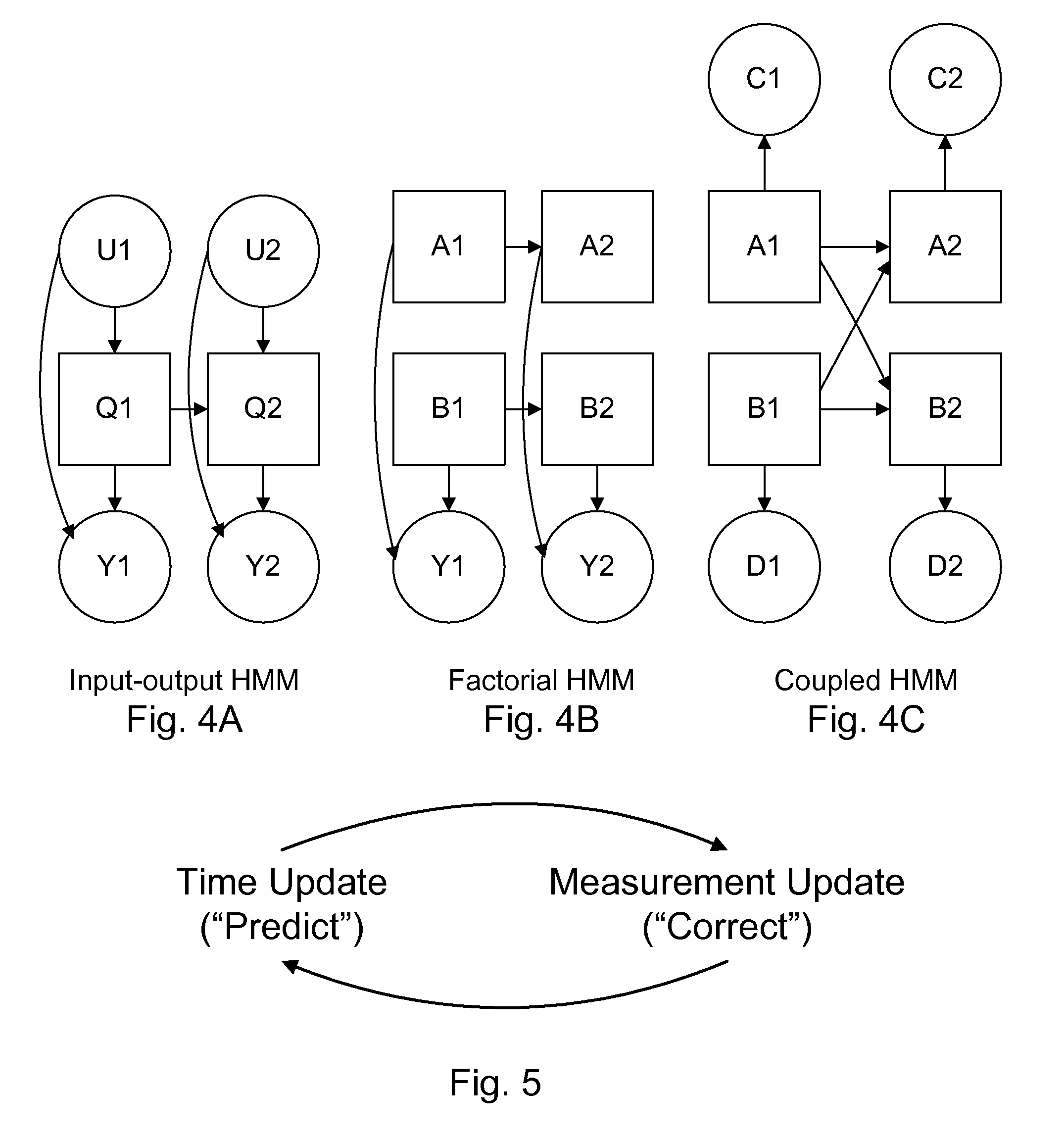Statistically, some proportion of the packets are extraordinarily delayed, or simply lost.
In the even that the network nears capacity or is otherwise subject to limiting constraint, the incidence of delayed or lost packets increases, thereby increasing requests for
retransmission and
retransmission.
Therefore, as the network approaches available bandwidth, the load increases, ultimately leading to failure.
End-to-end
quality of service guarantees, however, may exceed the cost of circuit switched technologies, such as dialup modems, especially where the high quality needs are intermittent.
The browser typically does not provide intelligence.
These local servers, applications and applets are non-standard, and thus require special
software to be available locally for execution.
One particular problem with market-based commerce is that both seller optimization and market efficiency depend on the fact that representative participants of a preselected class are invited to participate, and are able to promptly communicate, on a relevant timescale, in order to accurately value the goods or services and make an offer.
Thus, attempts at ascertaining a market price for non-commodity goods can be subject to substantial inefficiencies, which reduce any potential gains by market pricing.
Further, while market pricing might be considered “fair”, it also imposes an element of risk, reducing the ability of parties to predict future pricing and revenues.
Addressing this risk may also reduce efficiency of a market-based
system.
In the uniform price and second price schemes, the bidder is encourages to disclose the actual private value to the bidder of the good or service, since at any price below this amount, there is an excess
gain to the buyer, whereas by withholding this amount the bid may be unsuccessful, resulting in a loss of the presumably desirable opportunity.
If the rules discourage high valuations of the goods or services, or discourage participation by an important set of potential bidders, then the rules are not optimum.
It is noted that these rules typically seek to allocate to the seller a portion of the economic benefit that would normally inure to the buyer, creating an economic inefficiency.
However, since the auction is to benefit the seller, not society as a whole, this potential inefficiency is tolerated.
It remains a subject of academic debate as to which auction rules are most optimum in given circumstances; however, in practice, simplicity of implementation may be a paramount concern, and simple auctions may result in highest revenues; complex auctions, while theoretically more optimal, may discourage bidders from participating or from applying their true and full private valuation in the auction process.
In fact, experience with initial public offerings (IPOs) of stock through various means has demonstrated that by making stock available directly to all classes of potential purchasers, latent demand for a new issue is extinguished, and the stock price is likely to decline after issuance, resulting in an IPO which is characterized as “unsuccessful”.
This potential for post IPO decline tempers even initial interest in the issue, resulting in a paradoxical decline in revenues from the vehicle.
This inefficiency manifests itself by either withholding goods from the market or placing the goods in the wrong hands.
Therefore, if post-auction trading is permitted, the seller will not benefit from these later gains, and the seller will obtain sub optimal revenues.
These studies, however, typically do not consider transaction costs and internal inefficiencies of the resellers, as well as the possibility of multiple classes of purchasers, or even multiple channels of distribution, which may be subject to varying controls or restrictions, and thus in a real market, such theoretical optimal allocation is unlikely.
In fact, in real markets the transaction costs involved in transfer of ownership are often critical in determining a method of sale and distribution of goods.
Yet, the auction process itself may consume a substantial margin, for example 1-15% of the transaction value.
The network traffic from the
client systems to the transaction
server is often limited to the placement of bids; however, the amount of information required to be transmitted can vary greatly, and may involve a complex dialogue of communications to complete the auction offer.
Typically,
Internet based auction systems have
scalability issues, wherein economies of scale are not completely apparent, leading to implementation of relatively large transaction
server systems to
handle peak loads.
When the
processing power of the transaction
server system is exceeded, entire system outages may occur, resulting in lost sales or diminished profits, and diminished goodwill.
Thus, while infrastructures are available to allow successful handling of massive transaction per second volumes, these systems typically avoid direct public Internet communications or use of some of its limiting technologies.
Even so, certain users may selectively
exploit known technological limitations and artifacts of the auction system, including non-real time updating of bidding information, especially in the final stages of an auction.
It is for this reason that so-called proxy bidding, wherein the bidder creates a preprogrammed “strategy”, usually limited to a maximum price, are disfavored.
A maximum price proxy bidding system is somewhat inefficient, in that other bidders may test the proxy, seeking to increase the bid price, without actually intending to purchase, or contrarily, after testing the proxy, a bidder might give up, even below a price he might have been willing to pay.
Thus, the proxy imposes inefficiency in the system that effectively increases the transaction cost.
However, this lack of
determinism may upset coordinated schedules, thus impairing efficient business use of the auction system.
This system, however, lacks real-time performance under many circumstances, having a stated refresh period of 10 seconds, with a
long latency for confirmation of a bid, due to constraints on
software execution,
quality of service in communications streams, and bid confirmation dialogue.
Thus, it is possible to lose a bid even if an attempt was made prior to another bidder.
The need to quickly enter the bid, at risk of being too late, makes the process potentially error prone.
However, proxy bidding undermines some of the efficiencies gained by a live market.
Further, after a purchase is indicate, the user's screen is not updated, obscuring the ultimate lowest selling price from the user.
However, if the user maintains a second browser, he can continue to monitor the auction to determine whether the product could have been purchased at a lower price, and if so, fail to confirm the committed purchase and purchase the same goods at a lower price while reserving the goods to avoid risk of loss.
Thus, the system is flawed, and may fail to produce an efficient transaction or optimal price.
This system employs HTTP, and thus does not automatically update remote terminal screens, requiring the e-mail notification feature.
On the other hand, if a certain sales volume is exceeded in a specified period of time, the system may automatically increase the price.
For transactions of high
monetary value, the cost of
polling approaches that of the on-line schemes, but for micropayments, the cost of
polling is a small increase over the traffic incurred by the off-line schemes.
The theory underlying this
micropayment scheme is that the monetary units are small enough such that risks of failure in transaction closure is relatively insignificant for both parties, but that a user gets few chances to default before credit is withdrawn.
 Login to View More
Login to View More  Login to View More
Login to View More 


